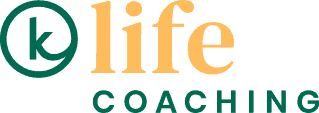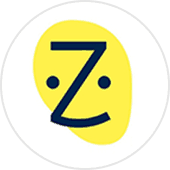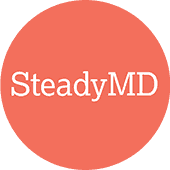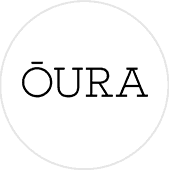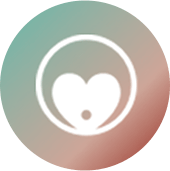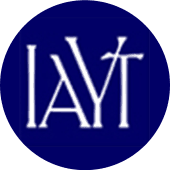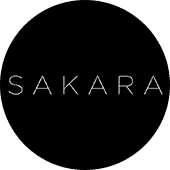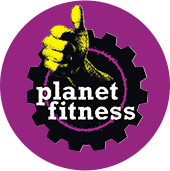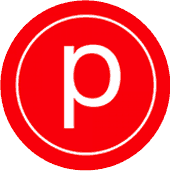Breath is the bridge between the involuntary (autonomic) and the voluntary nervous system. It is
controlled by two sets of nerves, one belonging to each system. The human body breathes on average 1700 to 2100 times per day. According to Harvard trained Dr. Andrew Weil the “single most effective relaxation technique is conscious regulation of breath.” Breathing is unique as it is the only bodily function that can be done on both a conscious as well as unconscious level.
Breathing Techniques
Performing certain breathing techniques can have many positive health benefits. These breathing techniques can have an impact on creating positive emotions and stress tolerance. Other benefits of breathing include reduction of blood pressure, lowered anxiety, calming the heart and improvement in digestive issues.
Let’s discover three different techniques.
4-7-8 Breath
An especially useful breathing technique is the 4-7-8 Breath which was developed by Dr. Andrew Weil
based on pranayama, an ancient yoga principle which means controlled breathing. This technique brings
the practitioner’s body into a state of deep relaxation, as it forces the mind and body to focus on the breath rather than other thoughts.
Dr. Weil terms it as “a natural tranquilizer for the nervous system.” It allows the lungs to be filled with extra oxygen, leading to a state of calmness caused by a relaxed state of the parasympathetic nervous system. This calmness can help those who practice this technique sleep better and feel more in tune with their bodies, helping to also clear away distracted thoughts and promote more focused thinking.
How to practice the 4-7-8 Breathing (Relaxation) technique:
Please note it is normal if dizziness presents when first starting out, it will subside if done on a regular basis.
To begin, sit with your back straight; completely exhale through the mouth by creating a “whoosh” sound.
Next close the mouth and inhale through the nose for a count of 4.
Hold the breath for a count of 7.
Then exhale through the mouth in one large breath for a count of 8, making the sound of “woosh.”
Repeat this cycle 3 times; you should always inhale through your nose and exhale loudly through your
mouth.
Practice the technique twice a day for 6-8 weeks, eventually it can help you fall asleep in 1 minute!
Stimulating Breath or Bellows Breath
Another useful breathing technique is the called the Stimulating Breath or Bellows Breath, which also
stems from yogic principles. This technique is used to increase alertness and energy.
How to practice Stimulating Breath
Keep your mouth closed but relaxed, inhale and exhale rapidly through your nose. Keep your breath as
short as possible (these should be noisy breaths).
Do 3 in and out breath cycles per second. You should experience a rapid movement of your diaphragm.
Breathe normally in between cycles.
Start out with 15 seconds, gradually increasing the breath time by 5 seconds each go around, eventually leading to 1 minute.
Breath Counting
A third technique is called Breath Counting, which is a meditative type of breathing.
How to practice Breath Counting
Close your eyes in a seated position with your spine straight and your head forward, slightly inclined.
Take a few deep breaths, and then let your breath come naturally.
To start off, count “one” as you take an exhale.
Then add on one count each time you exhale; i.e., on the next exhale you would count “two.”
Do this up to a count of “five.”
After you reach your count of “five” begin back at your count of “one.”
It is recommended to do 10 minutes of this breathing technique to enjoy the meditative effects.
Try out these breathing techniques in order to benefit from the power of breathing, restore yourself and
regain balance from stress!
References:
4-7-8 Breathing: How It Works, How to Do It, and More (healthline.com)




